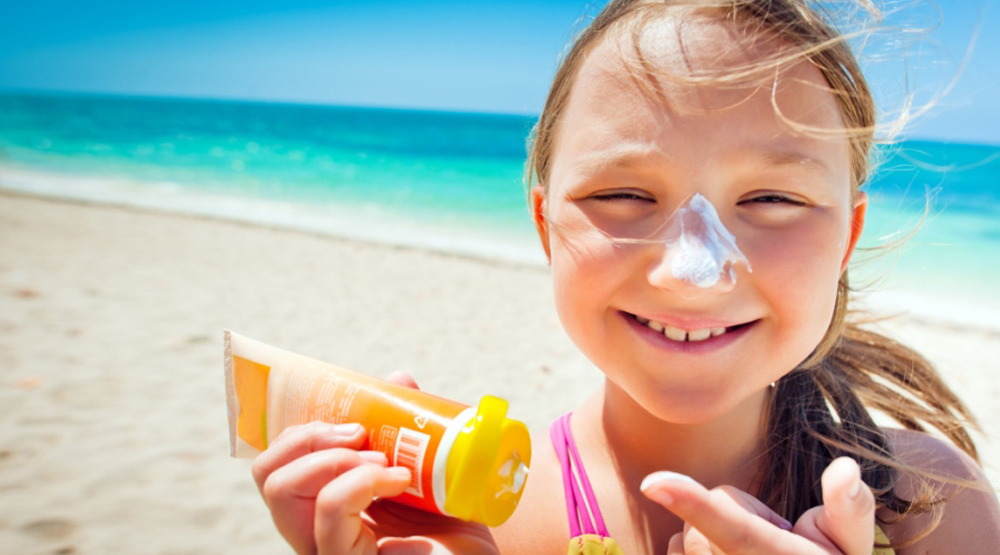Just one year after Hawaii became the first US territory to ban the sale of sunscreens containing two chemicals, the Virgin Islands has followed with a ban on the sale of sunscreens containing three chemicals.
Hawaii’s ban, which will come into effect in 2021, will make it illegal to sell sunscreens containing oxybenzone and octinoxate, while the Virgin Islands’ ban, which will come into effect next year, which will make it illegal to sell oxybenzone, octinoxate ‒ and octocrylene.
Both bans have been legislated in a bid to help “protect coral, marine life and human health”.
The Virgin Islands’ ban of the importation, sale and distribution of sunscreen containing the ‘toxic 3 Os’ in the territory makes it “the first to embrace the FDA’s recent announcement recognising only zinc oxide and titanium dioxide (mineral sunscreen) as safe and effective sunscreen ingredients”.
US Virgin Islans governor Albert Bryan Jr said the legislation will make mineral sunscreens “the default choice” in the territory.
“Tourism in the Virgin Islands is our lifeblood but to ensure we continue to entice visitors with our world-class beaches and natural beauty in the coming years, we need to protect our coral reefs as part of our quest to initiate sustainable tourism,” he said.
“This is crucial all over the Caribbean and I call on others to join me.
“We all share and must protect our oceans.”
Governor Bryan said the inclusion of octocrylene in the ban is critical as “it is often used in combination with other dangerous chemicals such as avobenzone so a ban of octocrylene effectively eliminates those ingredients as well”.
According to the Island Green living Association, a nonprofit group which has been “leading the campaign” on “the hazards of toxic sunscreen” since 2016, the ‘toxic 3 Os’ in sunscreen wash off people’s bodies when they swim and cause coral bleaching (“zombie” coral which looks healthy but is unable to reproduce as well as other issues)”.
“It also gets into the ocean when wastewater and runoff washes into the sea.
“The good news is that once these chemicals are out of the water, the coral can rejuvenate.”
For more news and updates, subscribe to our weekly newsletter.

